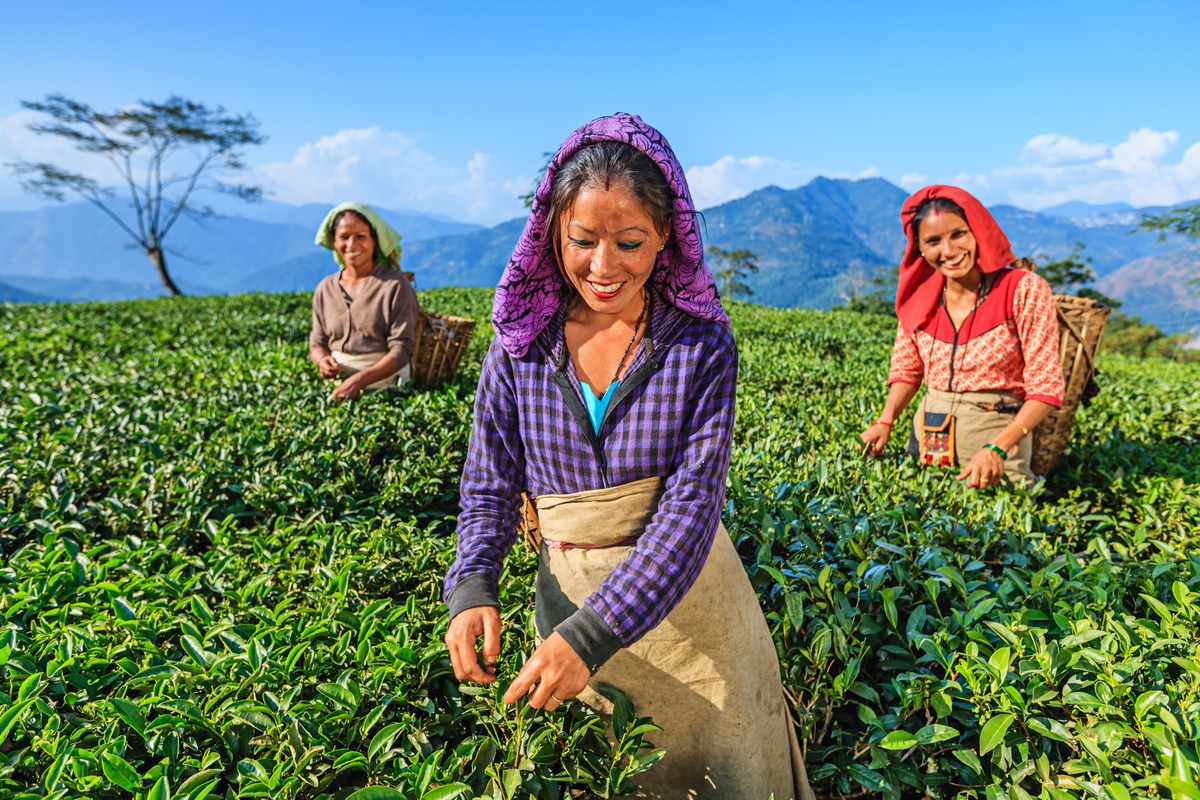Raju Bista faces tough challenge within BJP in Darjeeling
Breaking the BJP’s tradition in Darjeeling, sitting MP Raju Bista has won the first round as his name was announced by the party as a candidate from Darjeeling LS constituency.
We know these are difficult and outward-looking reforms and would not find ready takers as concurrence of all stakeholders is required.

(Representational Image: iStock)
There is a general belief that the current crisis in the tea industry is entirely due to the presence of small holders and the unorganised sector. But why does Darjeeling, where there is no small grower, continue to bleed? We therefore need to introspect on the factors responsible for today’s situation and all stakeholders should take careful note. If one had to jot down what has changed in the Darjeeling tea industry, we could hardly find five positives and many negatives.
A recent article in Tea Times by the Chairman of the Darjeeling Tea Association is full of despondency and doesn’t augur well. It is also a fact that the industry hasn’t changed in the last century structurally except for the disintegration of large, organised groups. We all know that Darjeeling produces only eight million kg of tea and has a turnover of roughly Rs 500 crore; however we have not been able to create a demand for even such a niche tea.
For this, I shall not blame the producers as despite all odds they have operated in a very volatile political environment. There are some fundamental problems that afflict the Darjeeling tea industry and it would be necessary to list them:
Advertisement
There is no land to extend the tea cultivation area. Hence reduction in cost of production is not possible.
Mechanisation is limited, even virtually non-existent due to terrain.
Due to high literacy, it is unlikely that GenNext will be interested in picking tea leaves. This will lead to scarcity of workers and subsequent loss of crop.
More than 30 per cent production comes from low elevation tea areas which is not lucrative but spoils the image of Darjeeling tea.
Darjeeling tea continues to be a commodity and prices are determined by demand and supply. The efforts made to have a GI marker have failed to increase sale or demand due to poor implementation and monitoring.
Even if we take the salary increase by 5 per cent for workers, the cost escalation will be 3 per cent. The market is unable to meet this increase and hence this leads to more trouble.
Darjeeling gardens face other problems such as connectivity, transportation, lack of water as a source for irrigation.
Paradoxically, it is also a fact that internationally Darjeeling tea sells at astonishing prices.
Without assigning any blame to anyone, we would admit that there has been a lack of long term strategy on part of all stakeholders. It would be wrong to only blame the Government, which cannot be expected to directly help private enterprise, or only the owners who have been struggling to survive. Darjeeling economy earlier depended on tea where directly 40,000-50,000 workers are permanently employed and an equal number are seasonal workers during the peak harvest season.
One thing is very clear – that unless Darjeeling tea sells at a higher price, the future remains bleak. This requires out-of-the-box thinking by all stakeholders. These suggestions come from detailed study and should find universal acceptance. To start with we would suggest treating Darjeeling as a guinea pig in all aspects when it comes to major policy changes – whether ownership of housing for workers or bringing major changes in land laws to allow cultivation of other crops or even reducing production of Darjeeling tea.
How we can double the income of farmers or workers from the same land asset is the key issue. It can only be done by planting something that can give extra earnings and does not require labour-intensive maintenance. The guiding principle of this reform is to maintain the garden workers strength. To achieve this, the following can be considered:
We know these are difficult and outward-looking reforms and would not find ready takers as concurrence of all stakeholders is required. Since the old methods are not working any more, should we not look at alternatives? A debate is necessary to kickstart these initiatives. We may have to add more initiatives or discard some of these to build a consensus. This alone will meet the aspirations of a new India which is willing to change.
(The writer, a tea industry veteran, is a founder of Tea Vision, an independent thinktank)
Advertisement